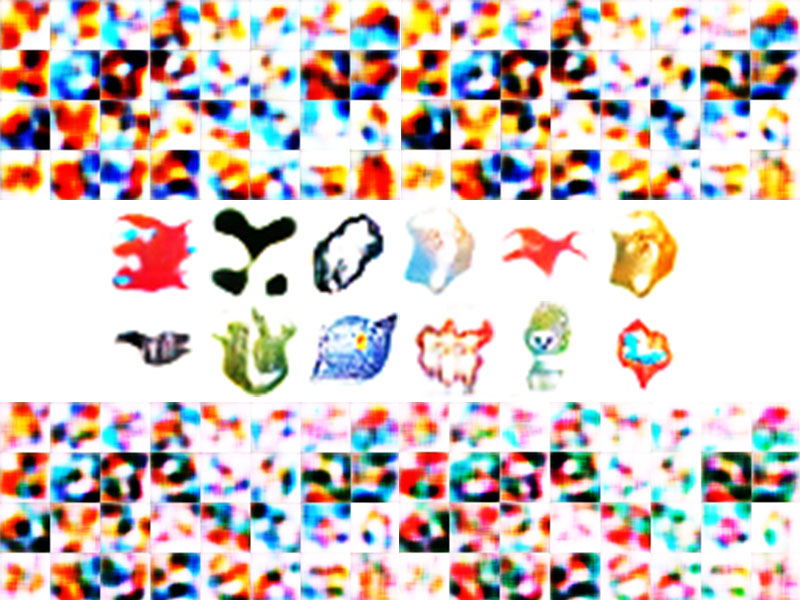Overview
For this project I utilised GAN technologies with the aim of creating/generating seemingly authentic business logos.
Intro
This portfolio post spotlights a project which was completed as a part of my undergraduate studies. The project explored the use of Generative Adversarial Network (GAN) techniques. Specifically, at the time of development, state-of-the-art GAN, HyperGAN was used. The objective was to generate new business logos, in the form of favicon images, using a public favicons dataset.
What are favicons?
Favicons are small icons that represent a website or web page, are typically 16x16 or 32x32 pixels in resolution and are often associated with the favourites or bookmark bar in web browsers. The project was executed on an at home desktop, which limited the computational power available, but despite this constraint, the results were still very interesting and provoked some interesting discussion in my subsequent report.
Results
The model was able to learn features such as color, structure, and other similar elements from the dataset, to generate new favicons that incorporated these features. This project highlights the potential of GANs in creating new and unique digital assets, even with limited computational resources. Overall, it was an exciting experience to see how GANs can be applied to these types of images to produce visually interesting results.
Conclusion
It is possible that, if more computational power or additional time was available during the execution of the project, the results would have been even more impressive. With additional computing resources, the model would have been able to train for longer, potentially yielding even better results in terms of image quality, diversity, and abstract feature understanding. A more powerful system could have potentially allowed for larger, more complex models to be used, further improving the quality of the generated images. In conclusion, while the results achieved with limited computational resources were already noteworthy, it's exciting to think about what might be possible with more time and computing power.

